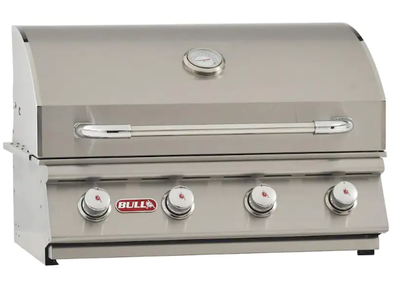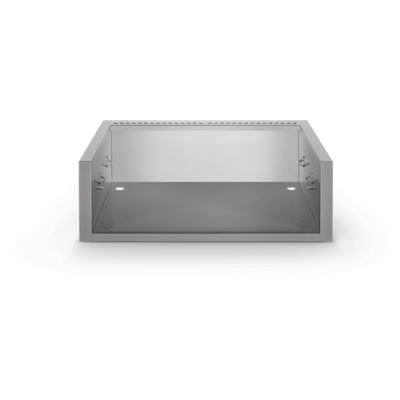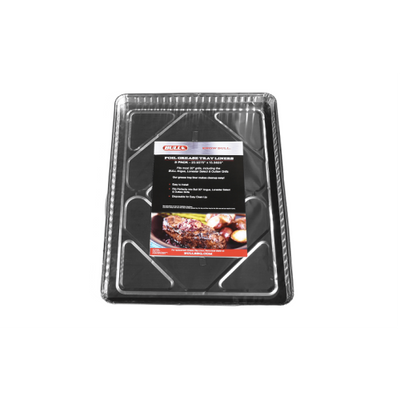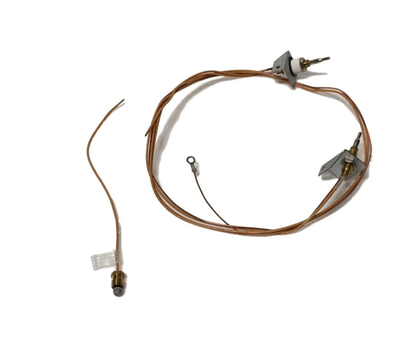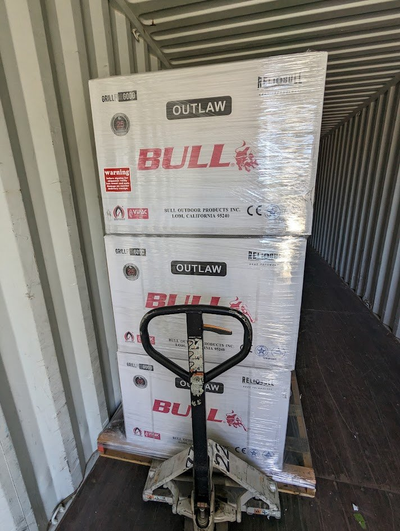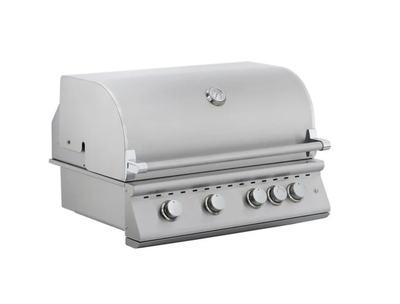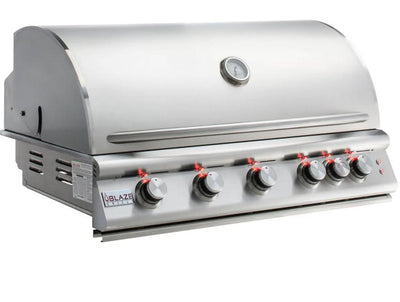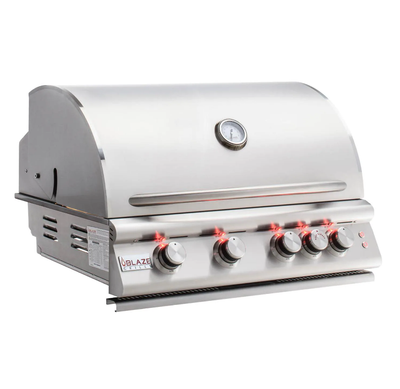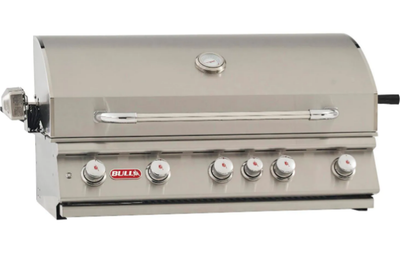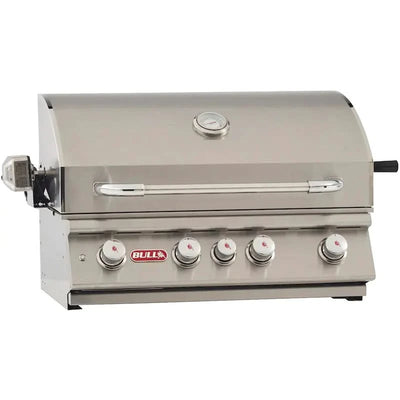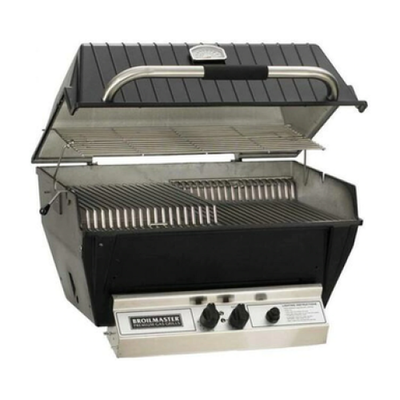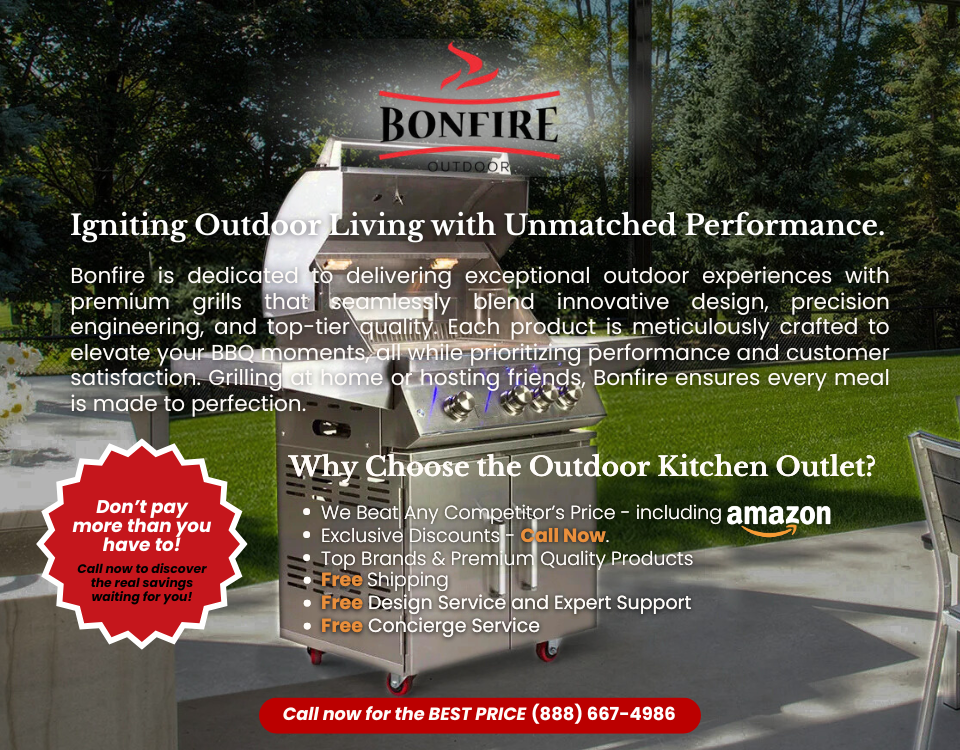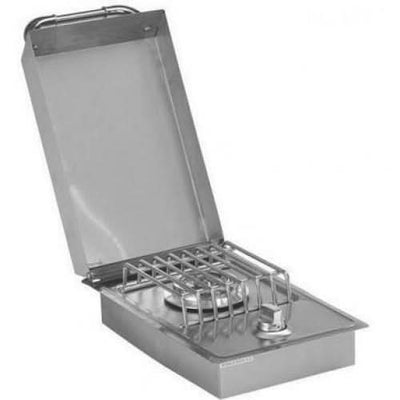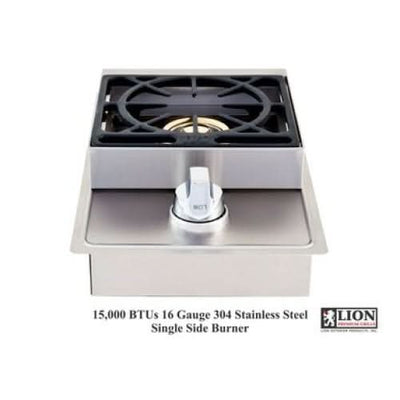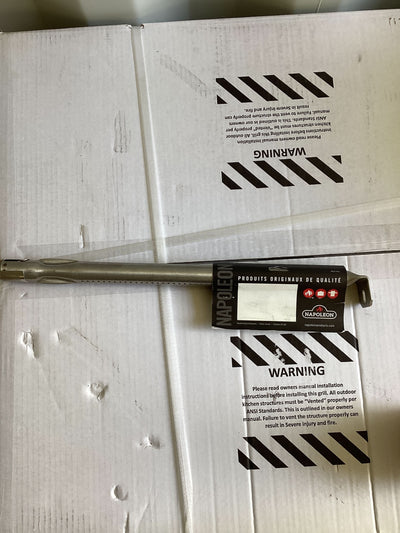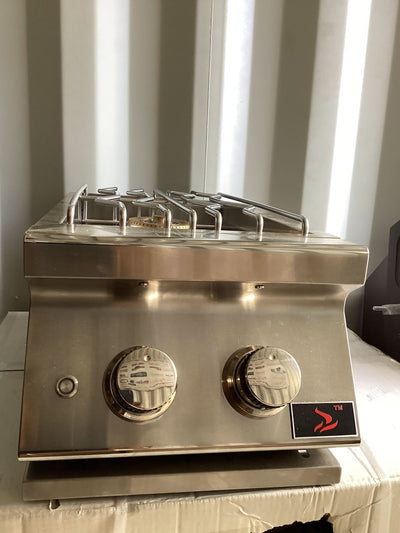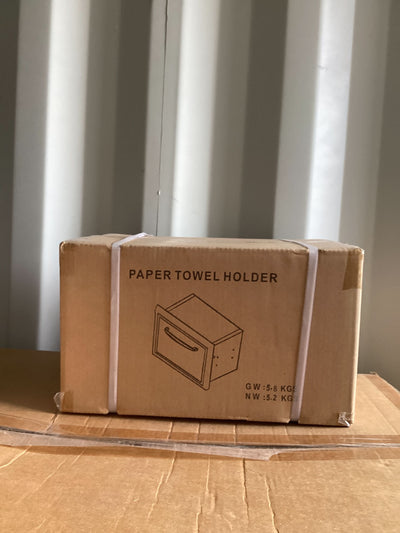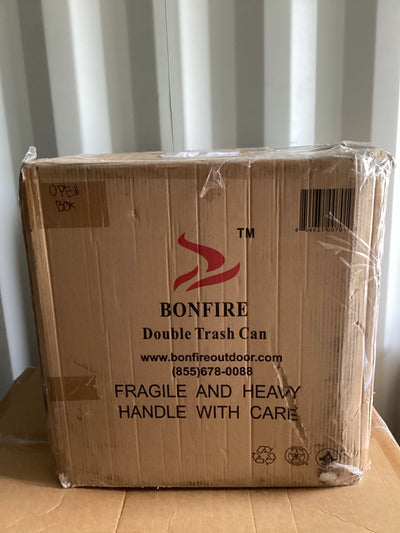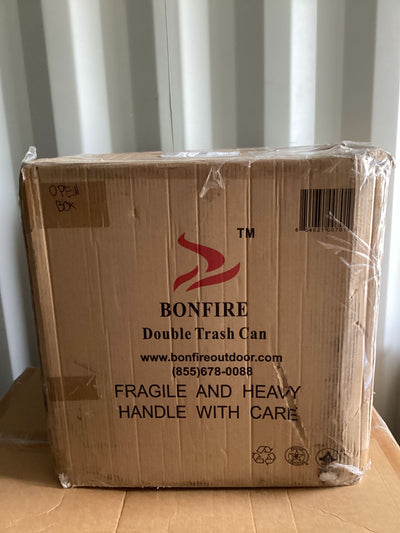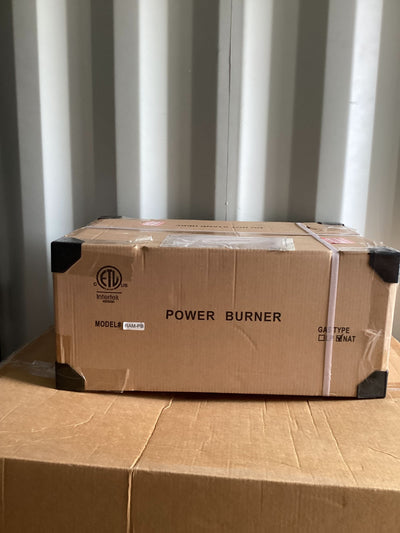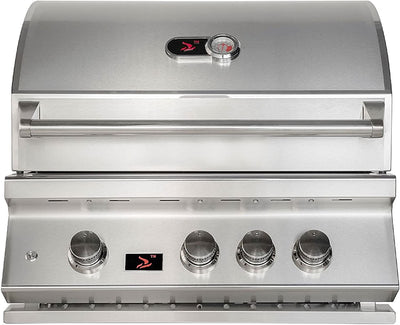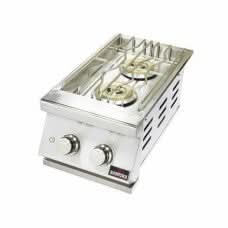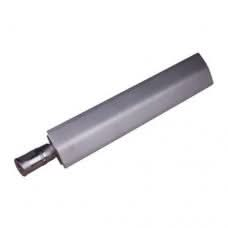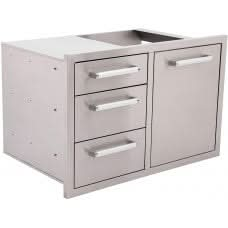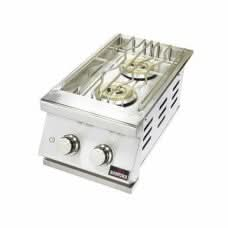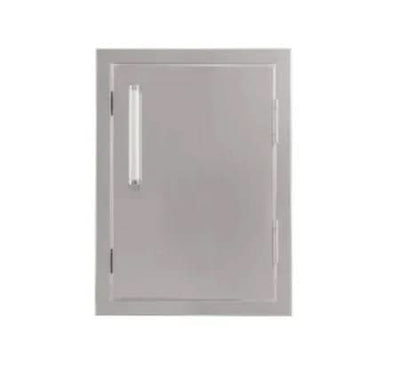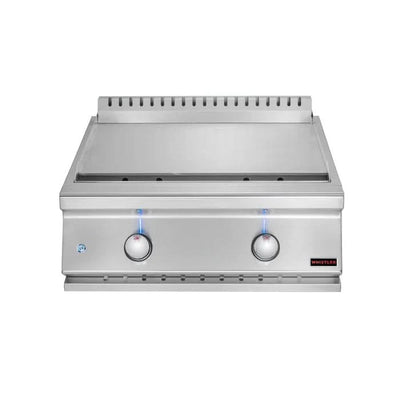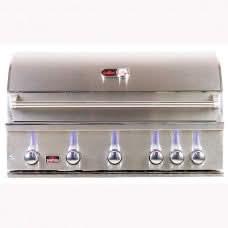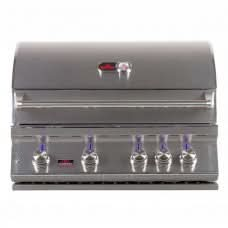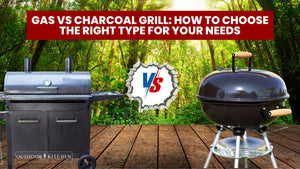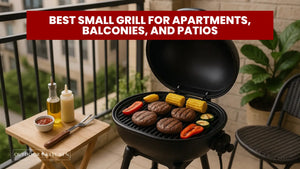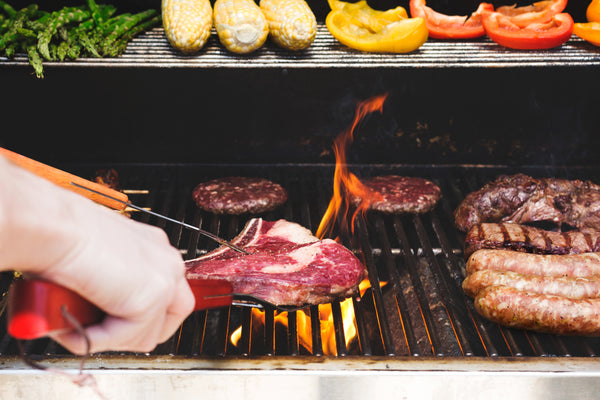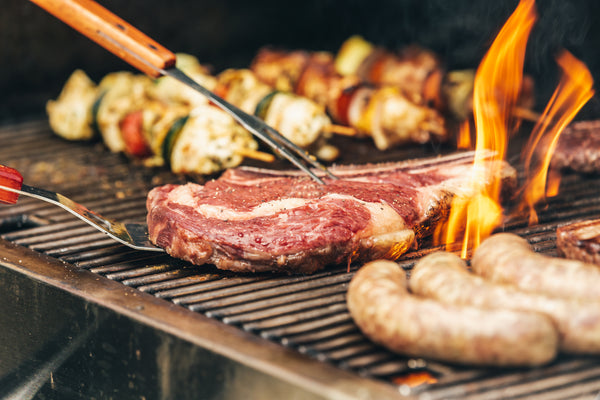
Special Deals and Promotions


Blaze Grills: Luxury Outdoor Living, Made Attainable
Bonfire Outdoor Grills are crafted with precision, featuring high-performance burners, durable stainless steel, and advanced laser-cut technology for even heat distribution. Built to last, these grills offer a perfect blend of power, performance, and style. Designed for easy integration into any outdoor space, Bonfire grills deliver exceptional results with every cook, all at an affordable price.

Blaze Grills: Luxury Outdoor Living, Made Attainable
Bonfire Outdoor Grills are crafted with precision, featuring high-performance burners, durable stainless steel, and advanced laser-cut technology for even heat distribution. Built to last, these grills offer a perfect blend of power, performance, and style. Designed for easy integration into any outdoor space, Bonfire grills deliver exceptional results with every cook, all at an affordable price.
Bonefire Grill Resource Center
Bonfire Grill Videos
Frequently Asked Questions
An infrared grill uses a radiant heat source, typically a ceramic or metal surface, to emit infrared energy that cooks food directly. Unlike traditional grills, it heats faster, reaches higher temperatures, and reduces flare-ups. This results in quicker searing, juicier meat, and more efficient cooking.
A grill burner is essential for heating and cooking food, providing the high temperatures needed for searing meat like burgers and steaks. Burners come in various shapes and materials, each affecting heat distribution and performance.
Open the gas grill lid before lighting. Keep children and pets at least three feet away. Only use charcoal starter fluid when grilling with charcoal, and never add it or any other flammable liquids to the fire.
Some electric grills use infrared technology, while others rely on traditional heating elements. Infrared electric grills use radiant heat to cook food quickly and efficiently, providing a searing effect similar to gas or charcoal grilling.
Infrared heating is more energy-efficient, directly warming objects and people, reducing energy loss and costs. In contrast, gas heating loses energy through heat dissipation in pipes, radiators, and poor insulation.
 - Call
- Call 

